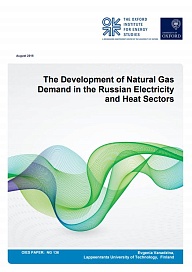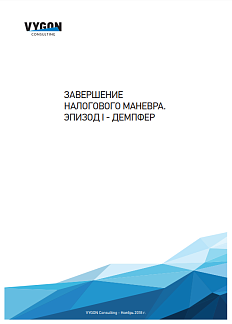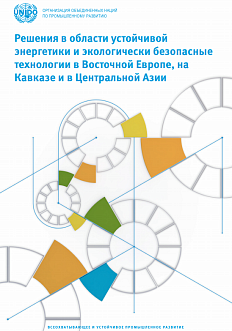Natural gas supplies to Russias domestic market are about twice the size of supplies to its export markets. Most of the gas supplied to the domestic market is used for electricity and heat production, which account for about 50 per cent of domestic natural gas consumption more than 200 bcm annually. Natural gas demand in this sector is highly influenced by the economic situation in the country, fuel pricing policy, and energy policy and regulation. While the economic situation shapes electricity demand (as most of this demand comes from industrial consumers), natural gas demand for electricity production is subject to inter-fuel competition between coal and natural gas, and inter-technology competition between nuclear and gas power plants. The latter is affected by capacity support mechanisms.
Heat demand in Russia is declining due to the implementation of the Law on Energy Efficiency, which obliged consumers to assess energy efficiency and install heat metering systems. The implementation of the Heat Reform, which came into force in July 2017, included heat tariffs which should incentivize consumers to use heat more efficiently. The reform also aims to increase heat production efficiency and gradually renovate obsolete heat supply systems.
Inter-fuel competition between natural gas and coal will remain at its current level, meaning a prevalence of natural gas in the western and central parts of Russia, and a dominance of coal in Southern Siberia. Although coal prices are low and unregulated, power and heat produced using coal becomes high-cost due to delivery costs from coal production areas, operational costs related to coal storage, and the capital costs of coal power plant technology.
.png)
Based on an overall analysis of the sectors, the Oxford Institute experts suggest that natural gas demand for the power and heat sectors is not likely to change considerably from its current level. In the most probable scenarios, power demand for gas should increase by 24 bcm, while the decrease in gas demand for heating purposes in the conservative scenario will be a little above 20 bcm. Therefore, the increase in gas demand from the electricity sector will be compensated by a decrease in demand from the heat sector.
.png)






